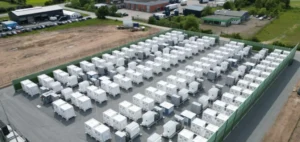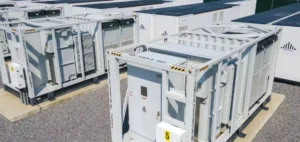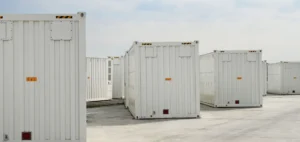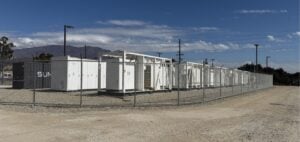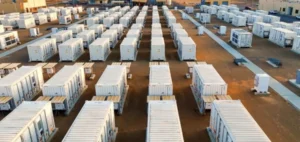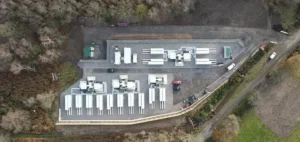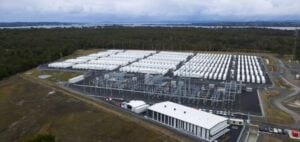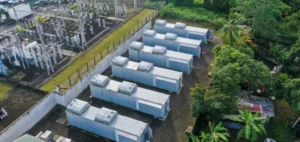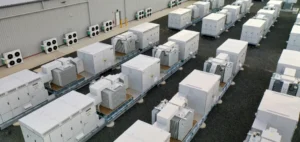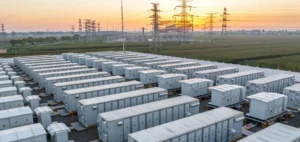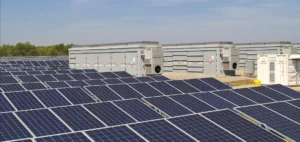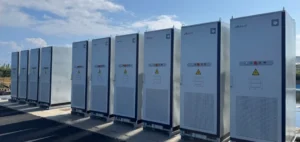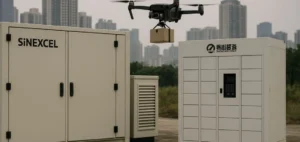Scatec ASA, a Norwegian company specializing in renewable energy, has been named preferred bidder for the Mogobe (Ferrum) battery energy storage project in South Africa. This project, with a capacity of 103MW/412MWh, is part of the first call for tenders of the Procurement of Independent Battery Power Producers Program (BESIPPPP) initiated by the Department of Mineral Resources and Energy. This success confirms Scatec’s position as a key player in the renewable energy landscape in South Africa and on the African continent.
The project in detail
The Mogobe project, with an estimated total cost of ZAR 3.1 billion (around USD 163 million), will be financed mainly by ZAR 2.6 billion (USD 138 million) in non-recourse project debt, with the remainder covered by the owners’ equity. Scatec will hold 51% of the project’s equity, Perpetua Holding 46.5% and a community trust the remaining 2.5%. Scatec will also provide engineering, procurement and construction (EPC) services, as well as maintenance and asset management for the project.
Implications for South Africa
The award of this project to Scatec underlines the South African government’s commitment to battery-based energy storage programs, which are seen as essential to the sustainability of the country’s current and future energy system. In addition, this project will make a significant contribution to South Africa’s energy transition, providing a reliable and manageable source of renewable energy. This is an important step towards achieving sustainable development goals and combating climate change.
Regional outlook
The Mogobe project, with a planned commercial closing date of June 2024, not only reinforces South Africa’s position as a leader in energy transition, but also paves the way for other similar initiatives across the African continent. However, this initiative could serve as a model for other African countries seeking to diversify their energy sources and adopt sustainable energy solutions.
Scatec’s battery-powered energy storage project in South Africa is a major milestone in the continent’s energy transition. Indeed, it represents a successful combination of innovation, collaboration and commitment to a sustainable energy future.



